
KENYA
30-07-2008 di redazione
Maybe, those who consider Kenya the very real Africa, the paradise of the pure Nature, the cradle of humanity, they can appear slightly overpresumptuous, but, for sure, they are true.
This amazing Country crossed by the equator, studded with lakes and lapped by the Indian Ocean, able to rise up to the five thousand meters height of Mount Kenya and, from the grandeur of the Rift Valley, watch the Kilimanjaro, so gentle and sweet in the hills surrounding Nairobi, the capital, and along the road of the tea leading to the huge Victoria lake, to become rough in its northern part towards the Turkana lake area and, generously devoted to Mother Nature in the savanna and the Animals Kingdom, well, this Country always deeply represented and will ever represent the Black Continent.
Depth of the sky, beauty of the wild fauna, ocean and seascapes so different one from the other, from Lamu, the arab island, to Watamu white beaches, from Kilifi inlets to Shimoni reefs, along with the warm hospitality of its people, a diverse flora and agricultural produce, make Kenya the favourite destination of those who dream about Africa and will keep it in their hearts, forever.
History
The first prehistoric man lived in Kenya, on the Turkana lake shores. It is not a legend, this results from the latest researches on the origin of the mankind. The first specimen of "Homo habilis" lived in the region which is today known as Rift Valley. Lucy, the first prehistoric woman, was among them and her remains were found at the border between Kenya and Ethiopia. Among discoveries and evolutionist theories, the fact is that Kenya is a sort of "cradle of humanity". It is from here that the first hominids would have moved, over the millenniums, to the east, and would have then conquered the world at the expense of the other animals.
The most recent history, dating back to two thousand years before Christ, instead assumes the first settlements of sedentary populations and the creation of the east African people as the result of the mixture of somali tribes of nilotic origin (Galla, Hottentots) with ethiopian nomads, bantu and boscimans coming from mid- and southern Africa.
During the first centuries after Christ the tribes living in the present Kenya territory were well distinct and, over the centuries, ready to take different languages and habits up to distinguish themselves in the today's more than 50 "kabila" ("race" in kiswahili) populating Kenya.
At the beginning of the eighth century the Kenyan coasts were "visited" by arab and persian navigators, mostly merchants selling spices or scouting mercenaries. Besides using the quite kenyan coast as stage for the trips to Tanzania and Mozambico, the slave trade starts increasing. Arab and middle eastern people, sometimes chinese as well, domineer until the arrival of the portuguese. It is Vasco Da Gama, the explorer, the first european to put feet on the african ground, in Malindi, precisely. It was 1498. He was travelling to India and stopped in Malindi to make provisions but part of the crew died because of a plague epidemic. Some years later, a mass invasion by the portuguese took place and Mombasa was sacked and conquered at the expense of the arabs. For a hundred years the portuguese tried to colonize Kenya from the sea but the resistance by the local people, especially the “swahili” people (descendants of the first yemeni arabs mixed with the local tribes), was brave, also for religious reasons. Malindi repeatedly united with the arabs against Mombasa and formed strong alliances with the sultans of Lamu and Zanzibar.
At the end of 1600, upon Fort Jesus fall, the portuguese fortress in Mombasa, the portuguese definitively retreated and, for over a century, rich sultans from Oman protected the kenyan coasts, which were also severely tried by raids of somali tribes coming from inland.
At the end of 1800, following the scottish Livingstone's exploration in which he went up the Zambesi river and reported the slavery of the local people subject to arabs, english and germans docked in eastern Africa and shared the coast between them, not without any frictions. At the end, England obtained Kenya and Germany was content with Tanzania.
Mombasa became the headquarter but the Victoria Queen's subjects penetrated further the land up to the more green and fresh Nairobi, surrounded by lakes and hills.
After years of battles against the fierce Masai people, the english completed the railway line which cut in two the Rift Valley and connected Mombasa with Nairobi, to reach then Kampala in Uganda.
England reigned over Kenya for eighty years and the white colonizers reached a number of 80.000. Up to the national independence, on december 12th, 1963.
Jomo “Mzee” Kenyatta, from the kikuyu tribe, was appointed as the first kenyan president and he governed until he died in 1978. The english cooperated to draw up the constitution and worked on the independence process of the African State which is, from that moment on, one of the richest and quietest in the whole continent.
The multi-party introduction and the recent post-electoral controversy in 2007 with the resulting two months conflicts in the northern part of the Country have slightly changed face of Kenya which is however getting back again on the right track to protect the fundamental values on which its progress was based, since from the independence until today, first of them, the extremely peaceful character of its people.
Geography
The kenyan territory includes about 583.000 square kilometers of savanna, woods, hills, arid deserts and lakes, beaches and small islands, uplands and deep hollows, valleys and high mountains. It extends its borders to the north toward Uganda, Sudan and Ethiopia, to north-east toward the desert which divides it from Somalia, to west toward Tanzania with which it also shares a part of Victoria Lake (about 14.000 square kilometers belong to the kenyan territory) and the eastern slopes of Kilimanjaro.
In its south-eastern area, the Country is lapped by the Indian Ocean and, for large stretches, it is protected by the coral reef.
Kenya is horizontally crossed by the Equator which intersects it not far from north of Nairobi, the capital. The vertical backbone is represented by the Rift Valley, a very ancient chain of uplands and valleys reaching drops of over a thousand meters and remarkably changing vegetation and landscapes according to the different areas.
Mount Kenya, rising at north of Aberdare national park, not far from Nairobi, reaches 5.000 meters height; mount Elgon, at the border with Uganda, is over 4.300 meters. The large national parks covered by the savanna and rich in wild animals are East and West Tsavo, Amboseli and Masai Mara. Besides Victoria and Turkana lakes, part of the latter is in the ethiopian territory, there are also minor lakes as Naivasha, Nakuru and Baring, just to mention a few ones. They are in the mountains and have a volcanic origin with unique views and colours.
In the south, vegetation and landscape become more tropical, with palm groves and the wonderful baobab trees. The coast is characterized by white beaches (the most famous ones are in Diani, in the south toward Tanzania, and in Watamu, near Malindi) and sudden cliffs, wide inlets and “creeks” like the one in Mombasa or in Kilifi. In the north, the islands of Lamu archipelago, another jewel of the Country.
There are also huge deserts with arid and problematic regions: the Chalbi desert in the north and the somali desert with really serious water difficulties.
The protected areas
National parks: the prohibited activities are, among others: hunting, possessing weapons or traps, cutting, damaging or setting fire to vegetation, picking or trying to pick honey or beeswax, damaging or removing any geological, prehistorical, archeological, marine or any other element of scientific interest, introducing animal or vegetable species, digging up and tilling the soil, intentionally disturbing the animals and catching or trying to catch fishes without authorization.
National marine parks: flora and fauna in these areas are all protected. It is allowed to travel through and anchor boats with a free permission for the required period. Other activities like swimming, water skiing and sailing are allowed.
National wild parks: any rural exploitations other than the conservation of the environment may be specifically admitted: the conditions to which these exploitations are subject are contained in the regulations approved by the authority at the time of the publication on the Official Gazette. Usually, exploitation of seasonal water and rough grazing are admitted, according to the existing laws.
The Tribes
In Kenya there are 42 "official" tribes that, in their turn, are divided into many other sub-tribes. They basically divide in three stocks: Bantu, Cushites and Nilotics.
The largest one is the kikuyu tribe, originally resident around Mount Kenya, north-east of Nairobi. The second one is the Luo tribe originating from the shores of Victoria lake, where there are also the Luhya and the Kisii. Then, there are the Kalenjin, the Elgeyo, the Kipsigis, the Marakwet, the Nandi (in the Baringo lake region), the Pokot, the Sabaot, the Terik, the Tugen, the Kamba (another very large tribe), the Kuria, the famous Maasai and the bold Samburu, known as well, the Turkana coming from the lake with the same name, the Taita and the Taveta at the border with Tanzania, and the Sengwer, the Meru, the Embu, the Bukusu, the Marama, the Maragoli, the Isukha. Along the coast there are nine tribes united under the name of Miji Kenda (which exactly means, "nine together"): the Chonyi, the Digo, the Duruma, the Giriama, the Jibana, the Kambe, the Kauma, the Ribe and the Rabai. Then there are the somali origin tribes: the Orma, the Pokomo, the Somali, the Rendille, the Okiek and the Oromo.
EVENTS
di redazione

Starting from this Thursday, January 27, the appointments with DJs at Sunset Beach in...
FILM
di redazione

The incredible story of Robin Cavendish told in this film released in 2017, whose original title is "Breathe".
It is a Hollywood production starring the young Andrew Garfield (Spider Man, The social network) who plays the protagonist of a true...

Kuki Gallmann had "a story to tell".
This novel is his story.
REAL ESTATE
di redazione
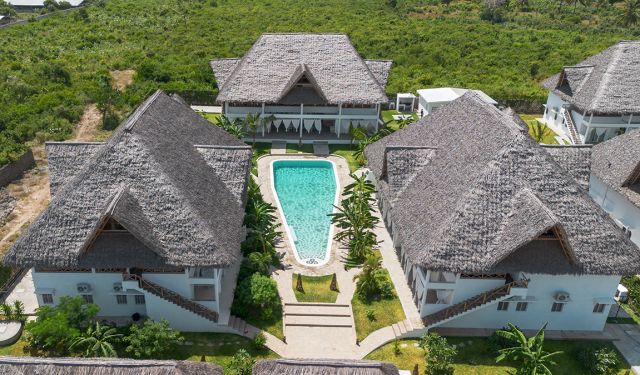
Watamu is not an exotic holiday destination like any other, because in addition to delighting the...
PLANTS OF KENYA
di redazione
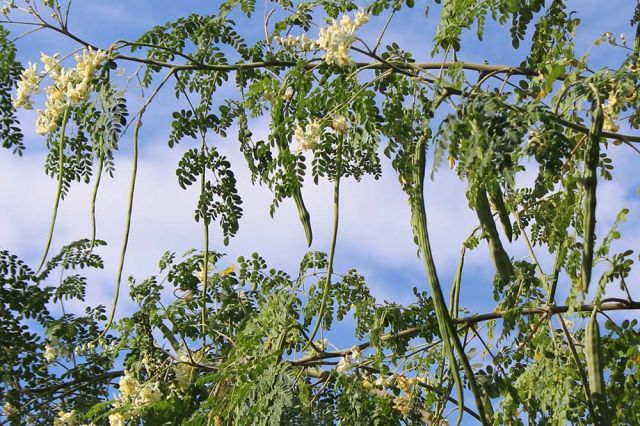
Moringa: the tree of life, the miracle tree or even the immortal plant.
It is a member of the Moringaceae family, of which at least 13 species are known, ranging from...
HISTORY
di redazione

Many who know Kenya's history are convinced that Christianity was brought here by German missionaries who opened the first Catholic mission in...
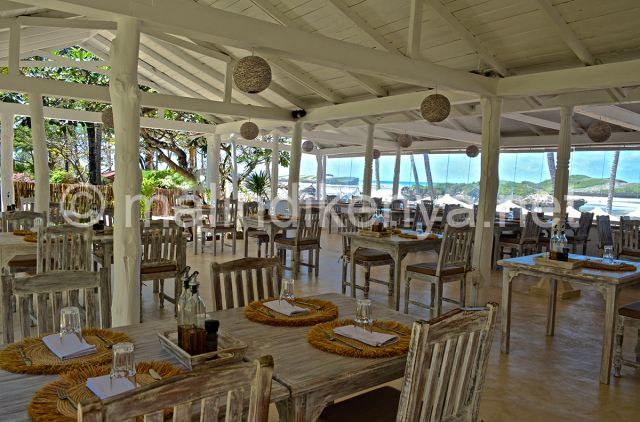
A little gem of an establishment on Watamu's Crystal Bay shines in a new light.
Tamu Restaurant, a terrace restaurant and pizzeria with an enchanting view of one of the...
APPOINTMENTS
di redazione
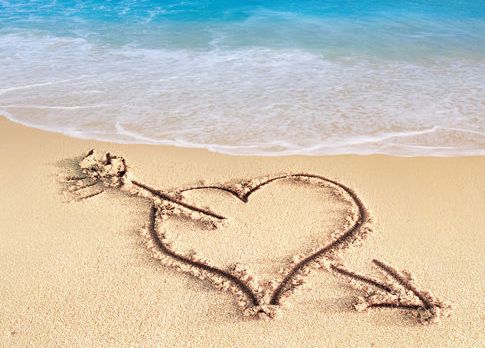
MUSIC
di redazione

Kenyans have voted 'Stellah' the most beautiful love song ever in Kenya.
It has nothing to do, either musically or poetically, with the eternal Malaika (which, to tell the truth, we still don't know whether it is a traditional Tanzanian...
TOURISM
di redazione
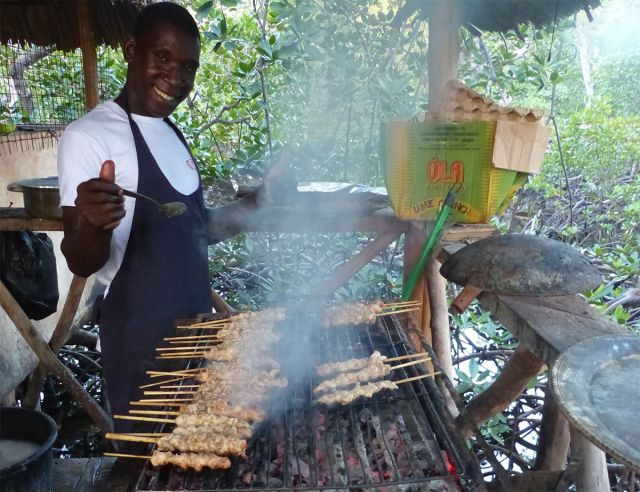
In recent years gastronomic tourism has grown considerably all over the world.
This is due to the popularity of certain programmes and also to the media coverage of dishes and restaurants, especially in social networks.
HISTORY
di redazione

The story of the first Chinese to land on the shores of the Indian Ocean is six hundred years old.
According to Beijing scholars who recently published a book on the voyages of the great oriental navigators, it was in...